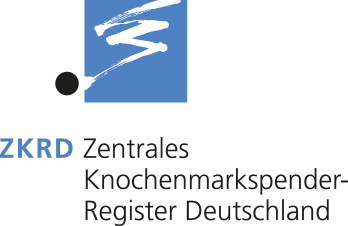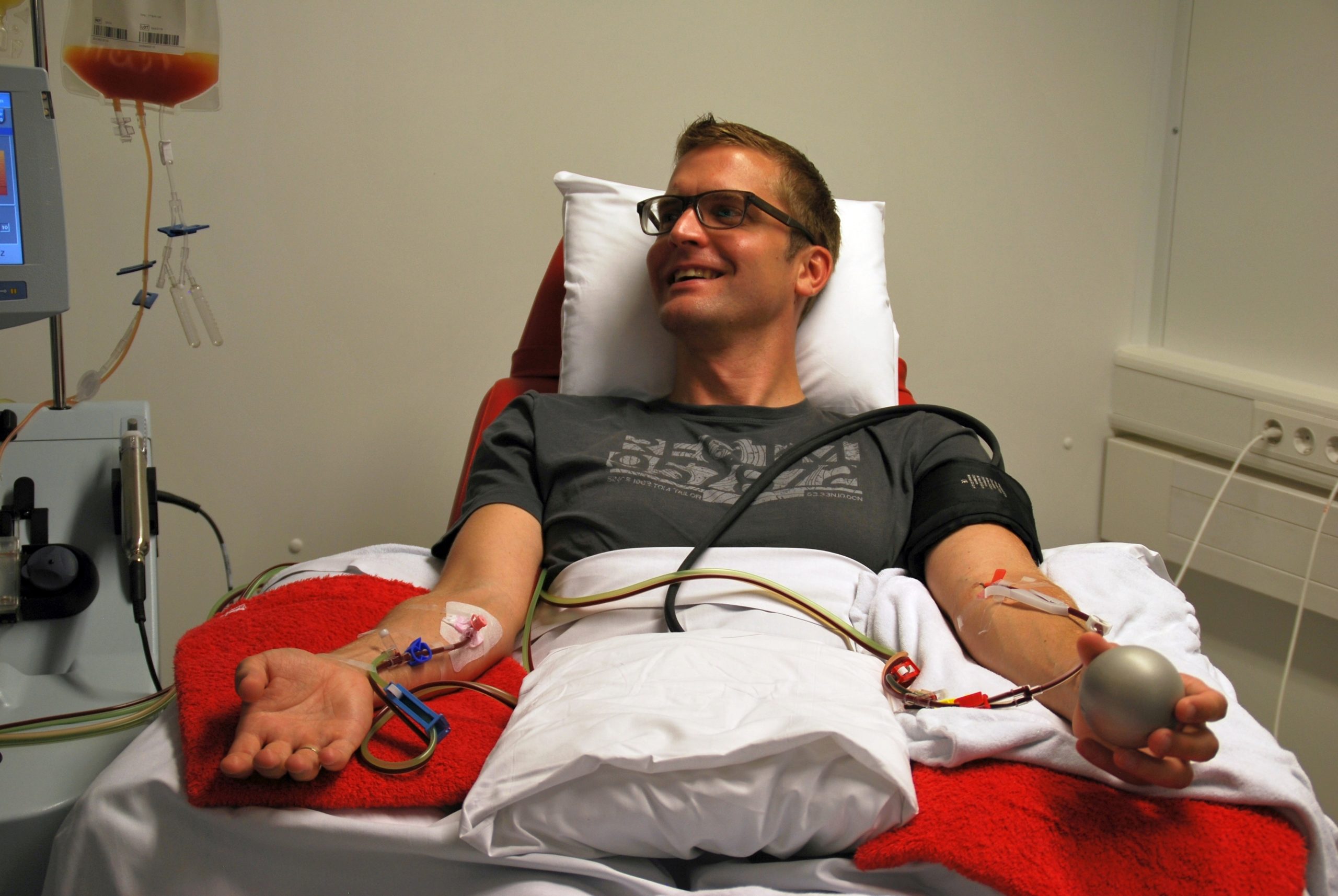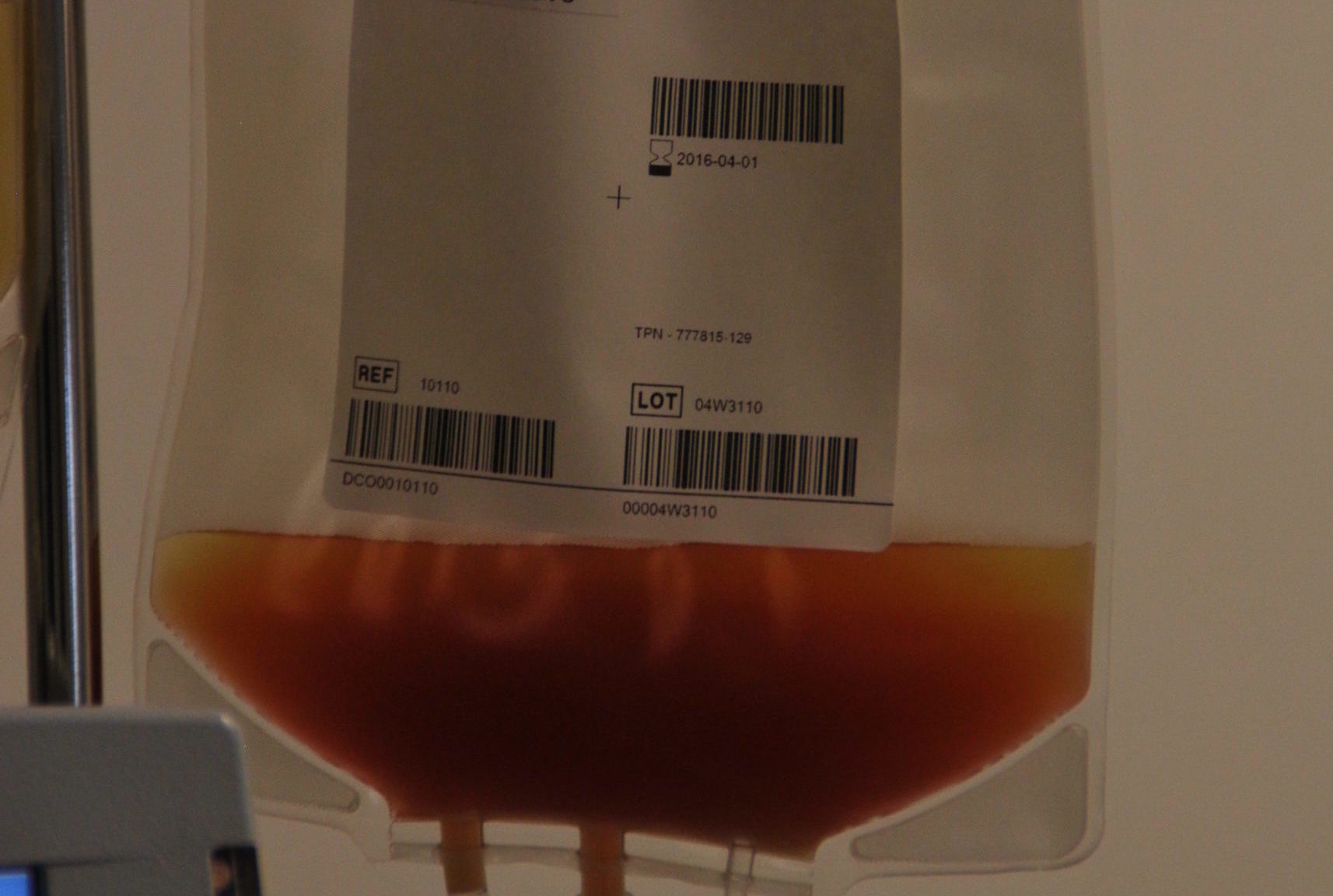Bone Marrow and Stem Cell Donation
Every year, large numbers of people in Germany contract a malignant blood disease such as leukemia – according to the German Cancer Registry, almost 14,000 new cases were diagnosed in 2016. Only some of these patients can be treated successfully with medication. For many, a blood stem cell transplantation is therefore the only chance of overcoming their disease.
Matching tissue characteristics
For a stem cell transplantation to succeed, it is important to find the best possible match between recipient and donor in terms of HLA (human leukocyte antigens) tissue characteristics. If this is not the case, a severe rejection reaction can occur in the patient’s body. For about one third of patients, an immediate sibling may be an eligible donor due to having similar genes. The likelihood is lower with parents and other blood relatives.
An unrelated donor must therefore be found for most patients – via the ZKRD. Again, the HLA characteristics are pivotal to success. Some combinations of tissue types are relatively common, while some individuals have rarer tissue types which in extreme cases may be unique in Germany, perhaps even worldwide.
To register, contact one of the German donor centers. For a list of the addresses for all German donor centers, click here.
Methods of stem cell donation
There are two methods for collecting stem cells from donors: peripheral blood stem cell donation or bone marrow donation.
Peripheral blood stem cell donation
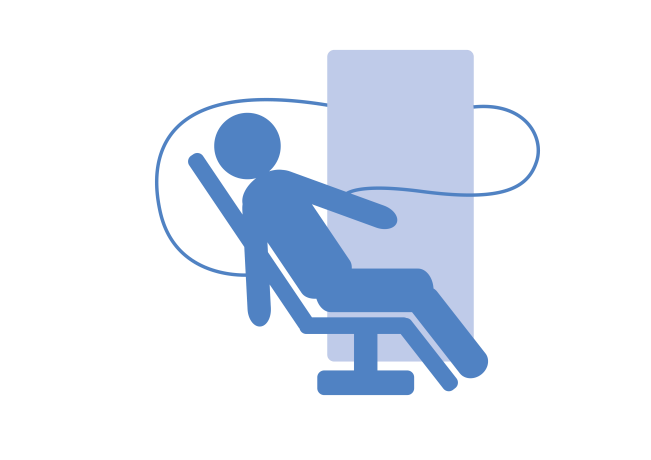
With peripheral blood stem cell donation, the donor is first treated with a growth factor called G-CSF. This encourages the stem cells in the bone marrow to mature and pass into the blood more quickly. They are then removed from the donor in the outpatient setting using a method called stem cell apheresis, which is similar to dialysis. The process involves taking blood from a vein in one arm, passing it through a cell separator, then returning it into a vein in the other arm. As a rule, donating stem cells in this way lasts about three to four hours. In some cases, the process must be repeated the following day to obtain the required number of stem cells.
Bone marrow donation
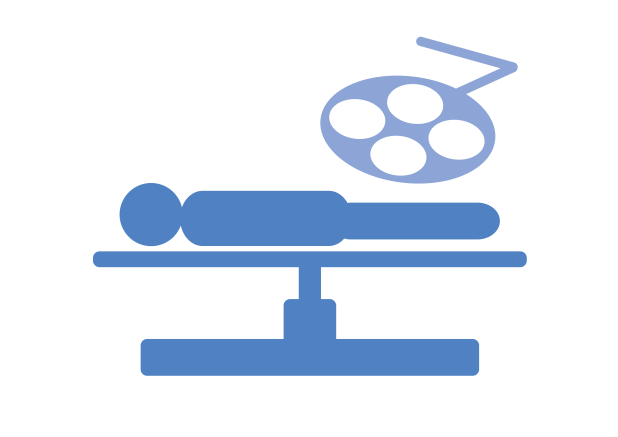
For a bone marrow donation, the doctors make several small punctures in the area of the posterior pelvic bone while the donor is under general anesthesia and then remove bone marrow from the iliac crest using a biopsy needle. A bone marrow donation takes about one hour. The bone marrow regenerates itself within a few weeks. The donor can leave the hospital after one to two days.
Remember that the bone marrow should not be confused with the spinal cord! The spinal cord is part of the nervous system and has nothing to do with stem cell/bone marrow donation.
Peripheral blood stem cell donation is now the standard technique for collecting stem cells. Hence, we no longer tend to talk about bone marrow transplants but rather (blood) stem cell transplants. Doctors may opt for or rule out a particular method depending on the patient’s health. The patient’s diagnosis may also influence the doctor’s choice of a specific blood stem cell source. Usually, however, they always try to account for the donor’s wishes.
After donation
Neither method of stem cell collection is usually associated with any health issues. It is not necessary to stay in hospital after donating peripheral blood stem cells. If donating bone marrow, the donor will remain on the ward for one to two days and may also experience discomfort around the puncture site for a few days.
If there is mutual interest, it is possible in Germany for the donor and recipient to get to know each other after the donation provided they both agree. As a rule, contact is initially established anonymously through postal or e-mail communication. This is only a recommendation, however, not a rule. In Germany, it is only possible to meet in person two years after the transplantation. If the donor or patient comes from a country where contact is not permitted, the stricter rules will apply.
Our information leaflet on how donors and patients can get to know each other can be downloaded here.
Questions and answers
The most frequently asked questions and answers about typing and stem cell donation can be found in our FAQs.
International donor numbers
Thanks to the tireless work of the donor centers, our database continues to grow. You can find the exact data in our diagram on donor numbers.
Would you like to sign up?
Simply contact your nearest donor center. More information about the donor centers and their locations can be found on our address page.
